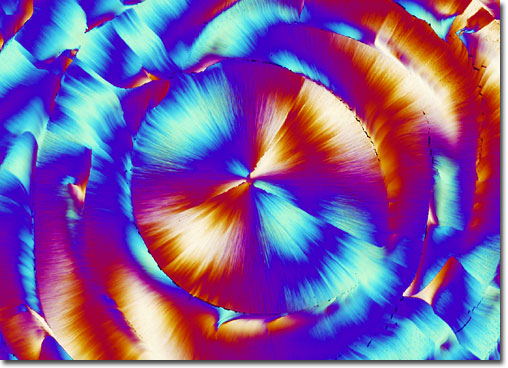|
Riboflavin derives its name from the Latin word for “yellow,” an indication of the lush color of crystals formed from the pure vitamin. Biochemically, the substance, which is metabolized to form the coenzymes flavin adenine dinucleotide (FAD) and flavin mononucleotide (FMN), is involved in an array of bodily functions, such as the breakdown of fats and the syntheses of red blood cells, steroids, and glycogen. Approximately 1.2 to 1.7 milligrams of riboflavin a day is believed to be sufficient to successfully sustain such activities in the adult body. Deficiency of the vitamin is characterized by erratic symptoms that may include irritation and red cracks around the lips and mouth, swelling of the tongue, sensitivity to light, dizziness, insomnia, and hindered learning ability.
|
